Introduction to patterns
kEY NOTES :
What Are Patterns?
- Patterns are sequences that repeat in a predictable way.
- Examples: colors, shapes, numbers, letters, sounds, or movements.
Types of Patterns:
- Repeating Patterns: Sequences that repeat the same elements.
Example: Circle, square, circle, square. - Growing Patterns: Patterns where elements increase or decrease in a specific way.
Example: 1, 2, 3, 4. - Shrinking Patterns: Patterns where elements decrease in a specific way.
Example: 10, 8, 6, 4.
Identifying Patterns:
- Look for sequences or elements that repeat.
- Pay attention to colors, shapes, sizes, and numbers.
Creating Patterns:
- Use objects like blocks, beads, or drawings to create repeating patterns.
- Encourage students to create their own patterns with colors, shapes, or numbers.
Completing Patterns:
- Teach students to observe the sequence and predict the next element.
- Example: Red, blue, red, blue, red… (Next is blue).
Real-Life Examples of Patterns:
- Stripes on clothes.
- Alternating colors of tiles on floors.
- Rhythms in music or clapping sequences.
Importance of Patterns:
- Helps in recognizing order and predictability.
- Develops logical thinking and problem-solving skills.
- Builds the foundation for math concepts like addition, multiplication, and sequences.
Learn with an example
🚀Copy the pattern.
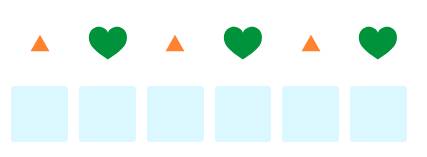
Start on the left. Copy the shapes one by one.
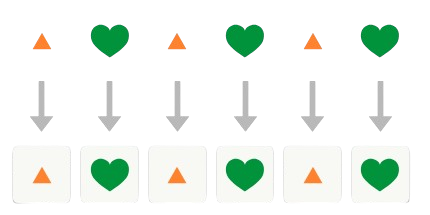
🚀Copy the pattern.
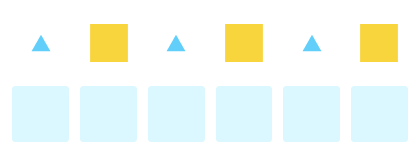
Start on the left. Copy the shapes one by one.
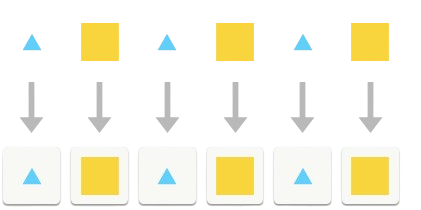
🚀Copy the pattern.
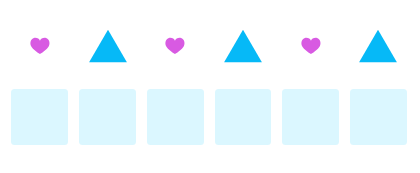
Start on the left. Copy the shapes one by one.
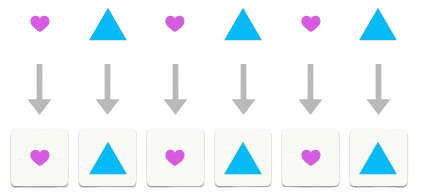
Let’s practice!

